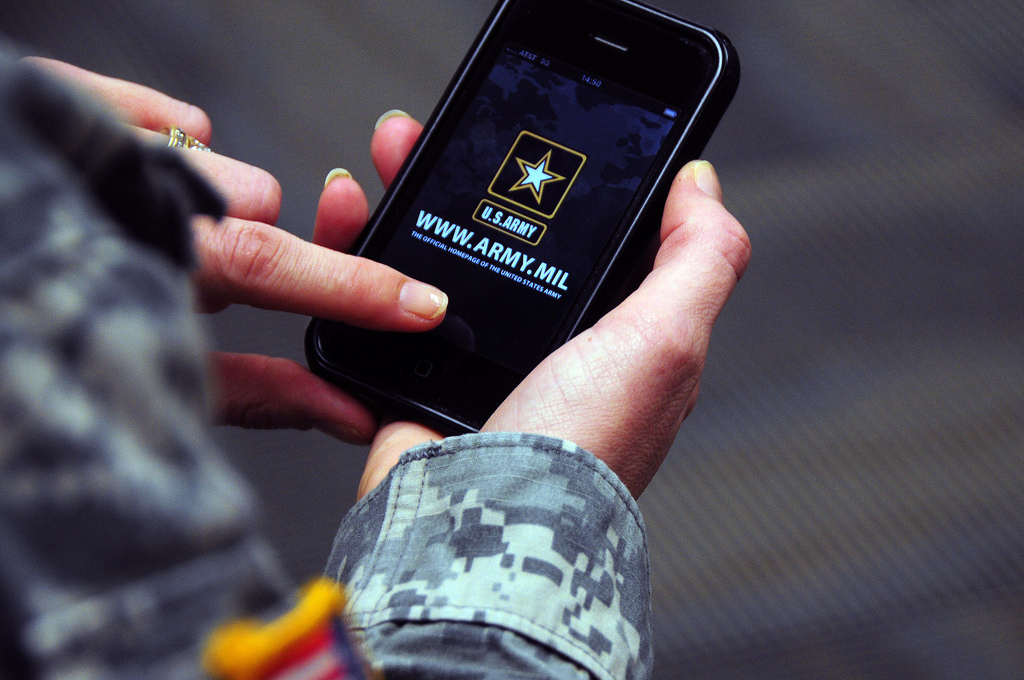
Now, after passing Pentagon tests, the devices are actually approved for use.
[aditude-amp id="flyingcarpet" targeting='{"env":"staging","page_type":"article","post_id":739467,"post_type":"story","post_chan":"none","tags":null,"ai":false,"category":"none","all_categories":"business,mobile,security,","session":"C"}']Before authorizing any devices for use in security-conscious military environments, the military requires a very specific and detailed implementation and deployment plan. A large part of that is the creation of policy for approved use as per DoD Directive 8100.02, which says that cellular devices are not allowed into areas where classified information is discussed, stored, or processed without written approval.
And until that happened for the Apple devices, the hundreds of thousands of phones and tablets were in administrative limbo.
AI Weekly
The must-read newsletter for AI and Big Data industry written by Khari Johnson, Kyle Wiggers, and Seth Colaner.
Included with VentureBeat Insider and VentureBeat VIP memberships.
“Most of them have not been deployed and are still sitting in a warehouse,” a source I talked to a month ago said. “They haven’t yet been able to build an implementation guide on how to use them.”
The problem with clearing smartphones for use in top secret environments is that they are, essentially, full of radios: Bluetooth, WiFi, cellular.
“With standard consumer devices, there’s no way to prove that the Wi-Fi is turned off,” my source told me.
One solution the DoD had previously implemented for iPads was to hand them off to a second party after delivery from Apple to crack open the cases and “snip the Wi-Fi radio” to disable it, and then close them up again. Apparently, the DoD reached a special agreement with Apple to maintain warranty eligibility, which would normally be voided after opening the case.
Today’s approval, however, is for a version of iOS 6 that has likely been customized by Apple and certified by military technologists to ensure security compliance without actually having to snip wires.
[aditude-amp id="medium1" targeting='{"env":"staging","page_type":"article","post_id":739467,"post_type":"story","post_chan":"none","tags":null,"ai":false,"category":"none","all_categories":"business,mobile,security,","session":"C"}']
Interestingly, according to Bloomberg, the military plans to create its own app store for military applications, which would allow DOD personnel to use commercial hardware but employ tested and approved applications.
photo credits: The U.S. Army via photopin cc, Devindra Hardawar/VentureBeat
VentureBeat's mission is to be a digital town square for technical decision-makers to gain knowledge about transformative enterprise technology and transact. Learn More